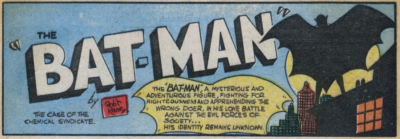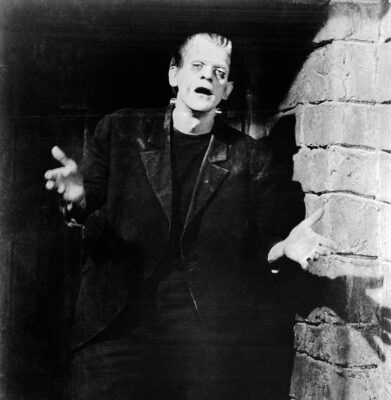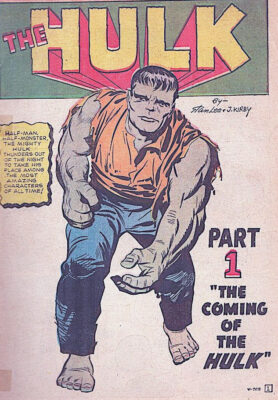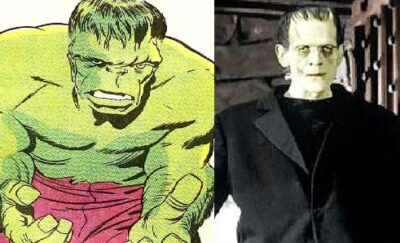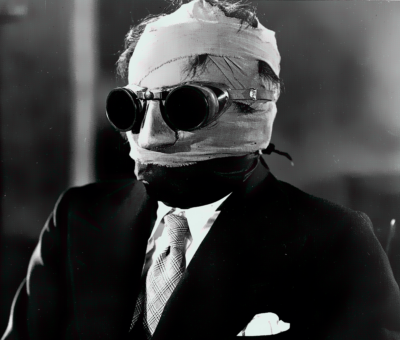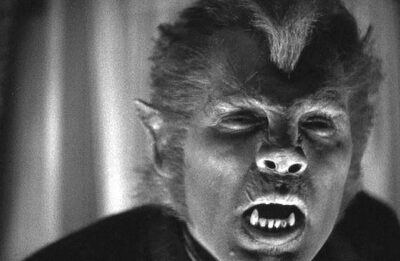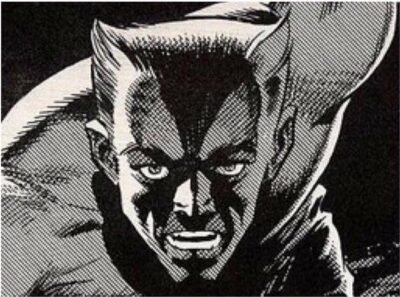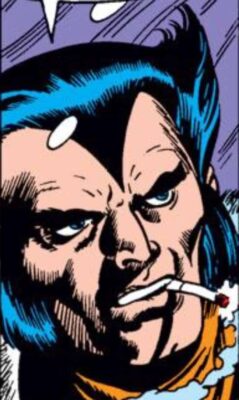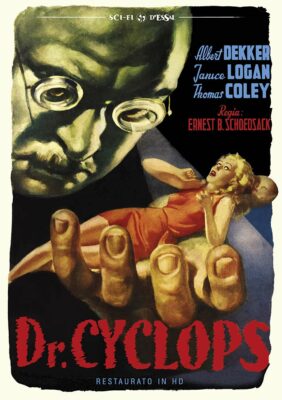Monsters & Science Fiction Films Influenced Superheroes by Alex Grand
Read Alex Grand’s Understanding Superhero Comic Books published by McFarland Books in 2023 with Foreword by Jim Steranko with editorial reviews by comic book professionals, Jim Shooter, Tom Palmer, Tom DeFalco, Danny Fingeroth, Alex Segura, Carl Potts, Guy Dorian Sr. and more.
In the meantime enjoy the show:
In a previous article, I wrote regarding the influence of the Golden Age of Cinema on the Golden Age of Comic Books, but it should also be discussed that the Golden Age of Horror and Science Fiction films also have stark and deep similar influences. The 1930s Universal Horror Films starring Dracula, the Wolfman, Werewolf of London, The Man Who Laughs, the Mummy, and Frankenstein influenced some key characters in both the Golden and Silver ages. The golden age of science fiction films of the 1950s went on to significantly impact the Silver Age of comic books.
Technically speaking, The Man Who Laughs 1928 isn’t part of the 1930s Universal Horror Films, but it acts as a precursor since make up artist Jack Pierce designed the look of Conrad Veidt’s character, setting the look for the silver screen.
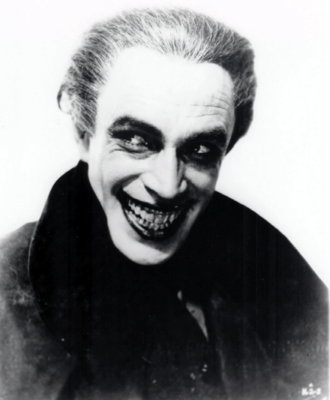
Jerry Robinson, Bob Kane and Bill Finger have all mentioned Conrad Veidt in the discussions of their character, the Joker.
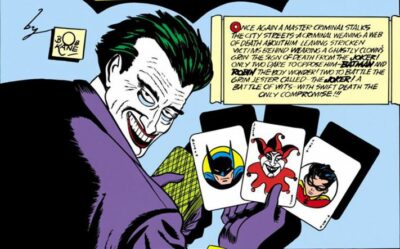
The Joker’s look is very distinct and many agree that Jack Pierce’s Man Who Laugh’s character portrayed by Conrad Veidt transferred over to the comic book villain. An interesting note about the 1928 film is that it was originally going to be Lon Chaney.
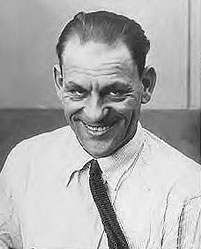
Chaney would portray the character, however his studio contract pulled him away from the part opening the door for Jack Pierce to be Veidt’s makeup artist. Another role that Lon Chaney was supposed to take part in was for Universal in 1931, Dracula.
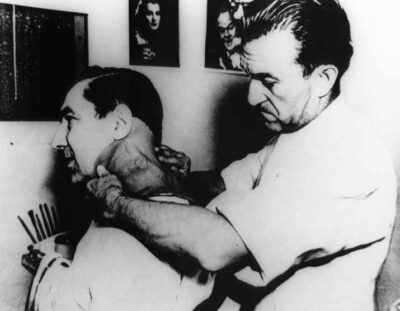
Unfortunately, Lon Chaney died in 1930 from complications of lung cancer and was not available, hence Bela Lugosi took the part and that opened the door for Jack Pierce to develop his look.
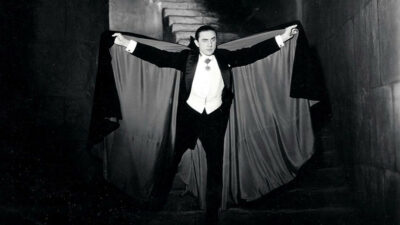
Legosi’s portrayal of Dracula set the stage for the Bat linked character, which chilled audiences at the time. He unnerved viewers with his long black cape and dark mysterious demeaner.
Batman scared criminals with similar techniques, attacking in the dark, using their own fears of the dark against them in a similar caped bat aesthetic.
Batman the Complete History by Les Daniels writes that “Bob Kane admitted that one of his inspirations was Bela Lugosi’s performance in the 1931 movie Dracula.” That’s not hard to imagine as the body language in scaring their victims are exactly the same.
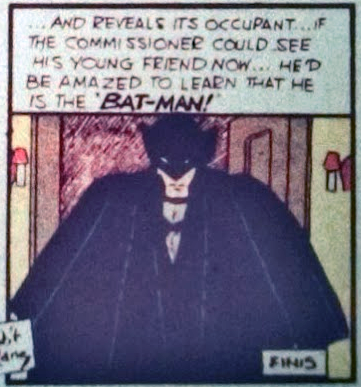
Jack Pierce’s influence continues in the 1931 horror film, Frankenstein where numerous interviews by Pierce and others confirm that he developed the look and appearance of Frankenstein’s monster over a four month period.

The makeup was carefully placed over actor Boris Karloff over a four hour period to make the monster look we know today.
Large, hulking and misunderstood, the Frankenstein’s monster was generally drawn to female beauty, and chased away by angry scared citizens. Stan Lee remarked the inspiration of Karloff’s Frankenstein monster to the Hulk character he co-created with Jack Kirby.
“I remembered Jekyll and Hyde, and the Frankenstein movie with Boris Karloff and it always seemed to me that the monster was really the good guy; he didn’t want to hurt anybody, but those idiots kept chasing him up the hill until he had to strike back. So why not get a guy who looks like a monster and really doesn’t want to cause any harm. But he has to in self-defense, because people are always attacking him.”
-Stan Lee 2015
Both characters started grey and became green as well. Jack Pierce also did the makeup for The Invisible Man, 1933 another Universal horror film.
The invisible man didn’t have much control over his powers, and is a tragic figure, but the gender switch to the Invisible Girl seems present in Stan Lee and Jack Kirby’s character from the Fantastic Four 1961.
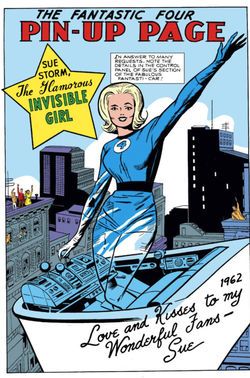
In 1935, Werewolf of London came out with the same makeup artist Jack Pierce who made this character distinct with arched widow’s peak, and feral animalistic features.
This appearance was used by Wally Wood in his 1967 character, Ani-Man.
Dave Cockrum apprenticed under Wally Wood on the newspaper strip character Shattuck in 1972 and then applied this haircut to his version of Timber Wolf for DC Comics in the Legion of Superheroes 1972.

When Dave Cockrum co-created the X-Men he finally unmasked Wolverine and gave him the same features as all three previous characters.
Interestingly enough, it seems that Wolverine’s face is a product of Jack Pierce’s make up artistry genius.
The 1940 film, Dr. Cyclops written by Tom Kilpatrick is about a mad scientist who shrinks humans to reduce the impact on the environment.
The imagery is very similar to Simon and Kirby’s panels of shrinking Blue Bolt in the same year.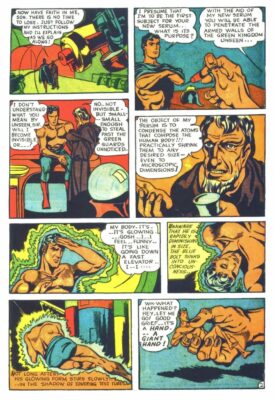
By the 1950s, horror and suspense in the United States got shifted culturally into science fiction and a new wave of films were making an impact on pop culture and the Silver Age of comics. After the success of 1950 movie, Robert Heinlein’s Destination Moon, the science fiction film genre was in full swing with classics like 1951’s The Man from Planet X which influenced comic writers jumping on the sci-fi bandwagon. A lot of these themes percolated into the 1960s with Marvel’s Fantastic Four 7, 1962, The Master of Planet X.
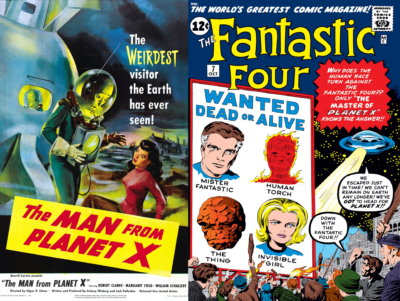
The superior, evil and menacing extraterrestrial female is its own interesting science fiction with the pace set by The Devil Girl from Mars 1954, Ursa from Superman 2, 1980, Faora in Man of Steel 2013, and Ursa shown here in Action Comics Annual 10, 2007. Seems like black outfits fit well here.
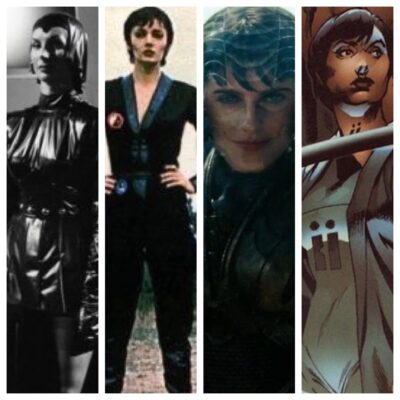
1955 Day the World Ended is about radiation and how it distorted a man into a mutated super strong and misunderstood monster. This brand of science fiction percolated into comics in many anthology books, and was the central core of Ben Grimm, The Thing in Fantastic Four 1, 1961. The Toxic Avenger 1983 spoofs this trope.
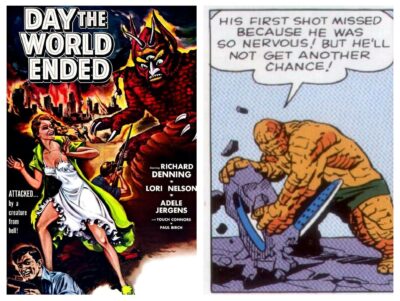
Although Kirby and Lee’s monster hero’s, the Hulk and the Thing are progressions of Marvel’s earlier monster comics. The monster comics themselves appear to derive from 1950s monster films. The Hideous Sun Demon 1958 sticks out as very similar specifically to the Hulk. Research scientist Dr. Gilbert McKenna is accidentally exposed to radiation during an experiment and ends up changing into a strong monstrous creature regularly during the day/night cycle. Before anger became the trigger for the Hulk, the character in his initial issues also carried a similar day night cycle. This is a radioactive take on Dr. Jekyl & Mr. Hyde.
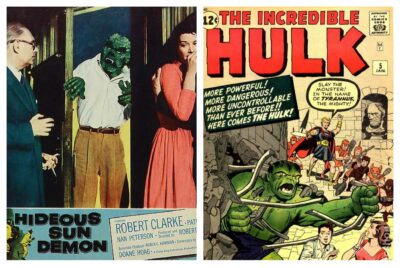
This next 1957 film has an origin of the powers which is mostly specifically the same as the Hulk. A military radioactive bomb test in the desert goes wrong when someone falls into the testing center. The main character is burned by radiation in the bomb and develops strength. The powers developed are not as accurate though with the main character, who was not a scientist becomes a giant.
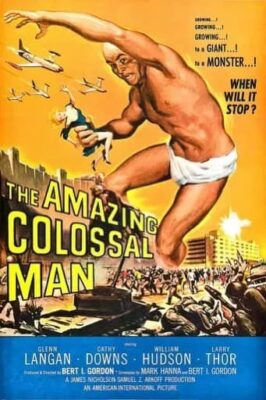
Attack of the Crab Monsters 1957 has a fun science fiction trope of a team of curious protagonists exploring an Island and finding themselves chased by large Crab monsters. The monster island trope was used in Marvel’s Fantastic Four 1, 1961 and Giant Size X-Men 1, 1975.
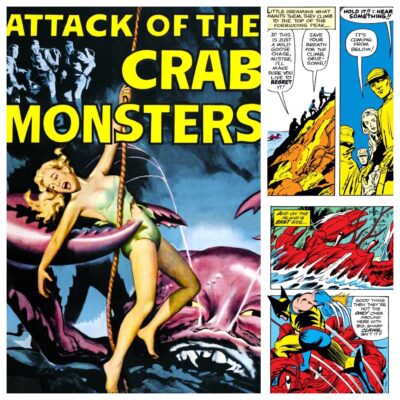
This also works for 1961’s Mysterious Island. (Thanks Danny)
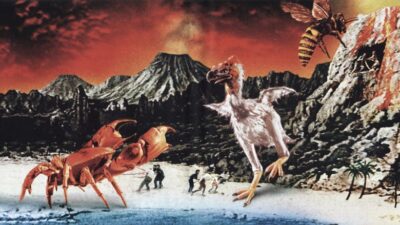
The 1996 Mars Attacks film by Tim Burton was based off of Wally Wood/Saunders trading cards for Topps 1962. Those cards were an expansion on the Wally Wood cover for Weird Science 16, 1952 which featured the big brain alien monster also shown in This Island Earth, 1955.
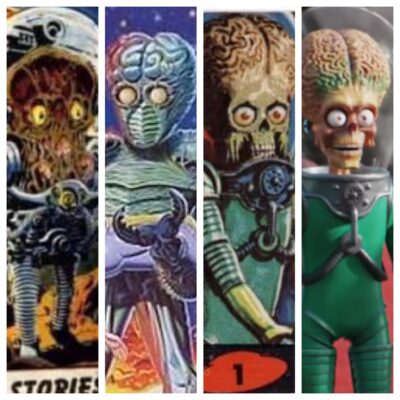
One of the smart things to add to the science fiction, fantasy or horror genre was the focus on teenagers in 1957 & 1958. I Was a Teenage Werewolf. I Was a Teenage Frankenstein, and I Was a Teenage Caveman did well for the drive-in market and that theme seemed to work well with the teenage hero in Amazing Fantasy 15 1962 and Uncanny X-Men 1, 1963 which could be also known as “I Was a Teenage Mutant.”
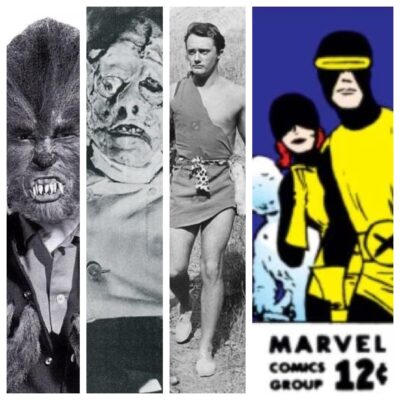
It’s undeniable that movies affected comics, in both the Golden and Silver Ages. Although we are definitely at the point where Comics now affect movies, its really part of a larger circle of pop cultural life.
Join us for more discussion at our Facebook group
check out our CBH documentary videos on our CBH Youtube Channel
get some historic comic book shirts, pillows, etc at CBH Merchandise
check out our CBH Podcast available on Apple Podcasts, Google PlayerFM and Stitcher.
Use of images are not intended to infringe on copyright, but merely used for academic purpose.
Images used ©Their Respective Copyright Holders










